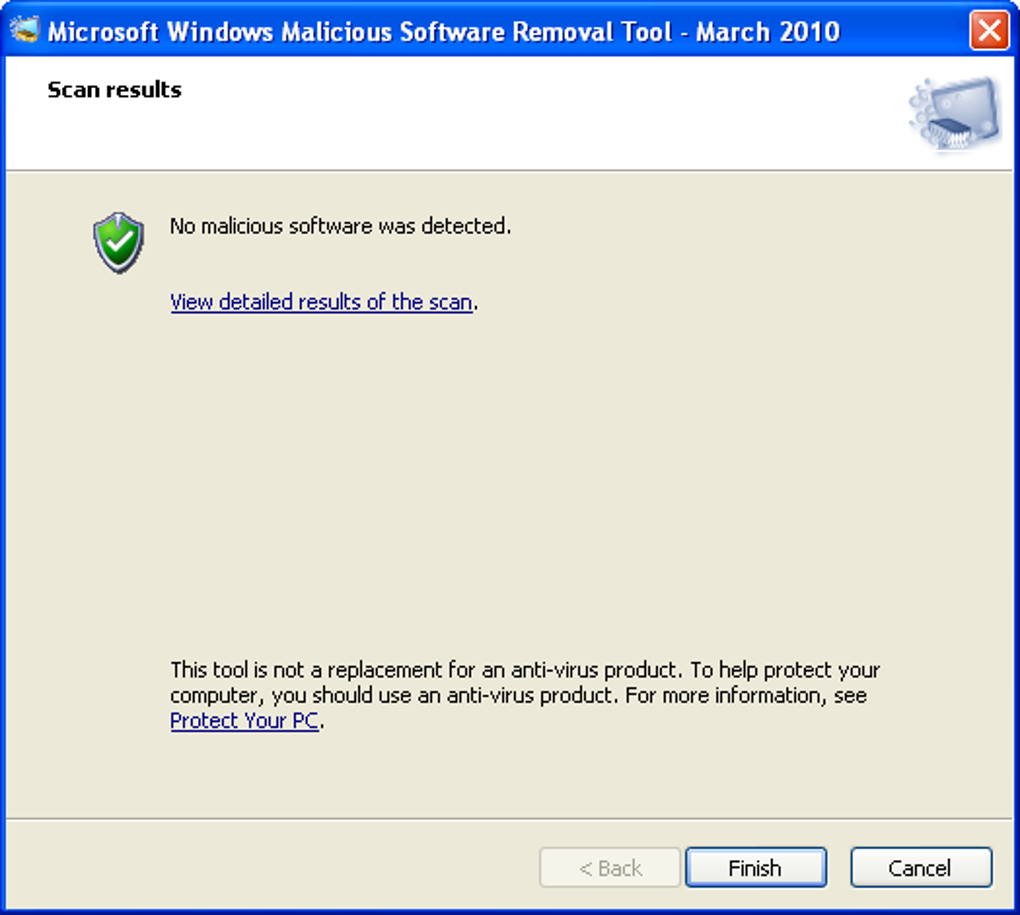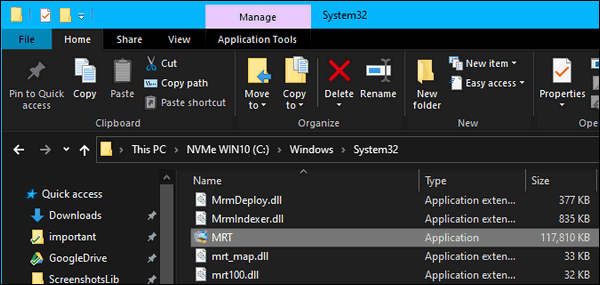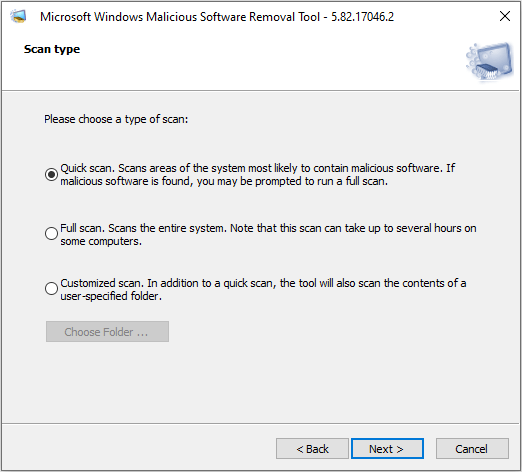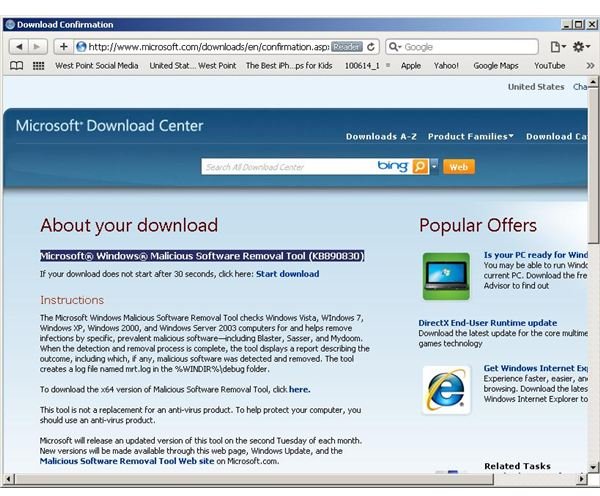
- Microsoft malicious software removal tool on startup how to#
- Microsoft malicious software removal tool on startup Pc#
- Microsoft malicious software removal tool on startup windows 7#
- Microsoft malicious software removal tool on startup free#
- Microsoft malicious software removal tool on startup windows#
Malicious hackers can also take control of your accounts through session hijacking by entering the server and access its information without having to hack a registered account. This will immediately take you to the General tab, where you can reset your homepage as you see fit. You can access the Options menu in the top right corner of the browser. This should take you to this window where you can add or delete malicious links sneakily set as homepage. If however, you want to have your own homepage, then check the option to Open a specific page or set of pages and then click on Set pages. The first two options don’t have any homepage whatsoever, so you can go ahead and select either one of those. Once there, go to the on-startup section. Go to the Settings in the top right corner of the browser. Instead of changing the “Target” field in the “Shortcut” tab, some malware might just modify your browser homepage. Browser hijackers will change the homepage. You can fix that by simply remove the URL that comes after. In our example case, the browser was targeted to go to a suspicious website, aimed at downloading malware on your PC. Normally, the browser target should look something like this:Ĭhrome: “C:\Program Files (x86) \Google\Chrome\Application\chrome.exe” What happens is that now your browser will start up on this page each time you boot it up. What can actually happen is that the malware might have altered the target field and included a malicious URL in it.

Microsoft malicious software removal tool on startup windows#
To do this, right-click on a Windows drive, go to Properties, and click on Disk Cleanup. To make the scanning process smoother and simpler, you should delete all unessential temporary files from your computer.
Microsoft malicious software removal tool on startup windows 7#
For older versions of Windows, such as Windows 7 or XP, follow these steps.
Microsoft malicious software removal tool on startup Pc#
If you are using Windows 8 and/or Windows 10, here’s how you can start your PC in Safe Mode. This will make your system boot up only critical processes and prevent certain malware infections from starting up.
Microsoft malicious software removal tool on startup free#
You can do that by saving your essential data on external sources such as DVD/CDs, free cloud storage services, USB sticks or external drives. Regardless of your malware infection, the first thing to do is to backup all your important files and documents. Step 2. Back up all your documents and files In ransomware attacks, disconnecting the machine may hinder the malware from communicating with the C2 (Command and Control) server. Disconnecting your machine from the Internet servers several functions.įor instance, if your computer is part of a larger network, severing the connection prevents malware from infecting other machines. In this case, consider shutting down or even unplugging your WAP (Wireless Access Point).įor wired connections, sever the connection from the Ethernet menu, under Settings or unplug the cable. Some types of infectors may prevent you from tampering with network controllers. If you’re running on Wi-Fi, switch off the connection from the Wi-Fi menu (Settings –> Wi-Fi). Disconnect your machine from the Internet.Įnsure that your machine has been disconnected from the Internet.



If you experience one or more of these signs, chances are that there’s an infection rampaging through your machine.
Microsoft malicious software removal tool on startup how to#
This guide will show you how to remove malware from an affected machine and, of course, what needs to be done in order to prevent future occurrences.ĭepending on the type of malware rooted into your machine, you may experience negative changes such as slowdowns, freezes, denial of service, malvertising, high resource consumption, random messages appearing on the screen, browser redirection, and so on. Malicious software (malware) can severely impact your machine, whether you’re using a work or home computer.


 0 kommentar(er)
0 kommentar(er)
